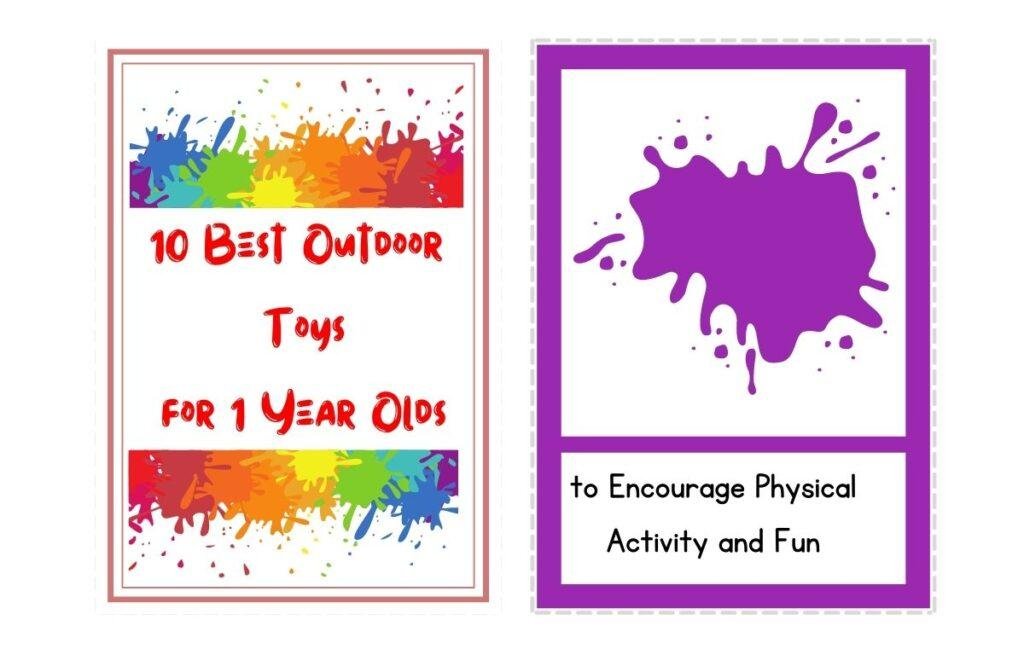Are Bamboo seats good or not for infants is a contradictory question by parents. Because many pediatrics and motor developers said that it is not good for infants while the manufacturers claim that it is helpful for infants.
The sincere answer to this question is that bumboo seats are not good for kids. Due to bumboo seats kids can not move freely to prop out. But don’t worry the solution to the problem is discussed here.

Encouraging a more natural progression of motor skills, it’s preferable to allow children to grow and explore their environment at their own pace, minimizing unnecessary interventions. This approach not only supports physical development but also encourages autonomy and exploration in a safe and nurturing setting.
In this article, you will get the answer to your confusion with accurate answers. Let’s explore them.
What are Bumboo Seats?
Bumbo Seats, designed with the intent of helping infants sit upright before they have developed the necessary muscles to do so on their own, have become a popular item among parents.
They are created from a soft, lightweight material, these seats are marketed as supportive tools that facilitate child-parent interaction at eye level, supporting the infant in a sitting position.
Despite their popularity, there has been a growing chorus of concern from parents and pediatric health professionals regarding the safety and developmental appropriateness of these seats.
The Controversy Surrounding Bumbo Seats
The ongoing debate surrounding Bumbo Seats highlights a rift in opinions amongst pediatricians, physical therapists, and parents.
Supporters praise its role in early-stage sitting and enhanced social interaction, whereas critics warn of potential dangers and developmental hindrances, like unnatural posture and delayed motor skills.
The safety concerns are emphasized by reports of falls and injuries, leading to advisories and recalls by safety bodies like the U.S. Consumer Product Safety Commission. This controversy underlines the need for diligent supervision, proper usage, and further research to evaluate the impact of Bumbo Seats on infant development comprehensively.There are two contradictory points about using bamboo seats:
- It’s okay to prop up a child before they can do so on their own.
- Your baby will get to interact with their environment.
It’s okay to prop up a child before they can do so on their own.
The concept of propping up a child before they can sit up on their own remains a topic of considerable debate among pediatric experts.
Proponents suggest that with moderate use, devices like the Bumbo Seat can offer short-term benefits, such as supporting interaction at eye level, which may enhance bonding and social engagement between parents and their infants.
However, it’s crucial to understand that prolonged use or dependency on such aids for achieving developmental milestones like sitting up could inadvertently delay a child’s natural progress in motor skills.

Pediatricians generally advise that the best environment for an infant’s development is one that allows for ample movement freedom.
This includes supervised tummy time and allowing the child to learn to sit unassisted, a process that supports not only muscular development but also the integration of sensory and motor skills essential for later stages of development.
Your baby will get to interact with their environment.
Allowing your baby to freely move and explore their environment plays a crucial role in their overall development. When infants are given the opportunity to physically engage with the world around them without constraints, it significantly enhances their motor skills, spatial awareness, and cognitive development.
This direct interaction fosters curiosity and learning, encouraging babies to reach, grasp, and eventually crawl or walk, achieving milestones at their natural pace. It is through this unencumbered exploration that babies develop a sense of independence and confidence, laying a solid foundation for future learning and growth.
Guidelines and Precautions for Using Bumbo Seats
Recommendations from Pediatricians and Safety Experts
Pediatricians and child safety experts advise parents to use Bumbo seats with caution, emphasizing the importance of supervised, short-duration use. They recommend never placing Bumbo seats on elevated surfaces and always using the seatbelt if one is provided. Another critical guideline is to wait until the infant has adequate head control and is showing signs of readiness for sitting up before introducing the Bumbo seat.
Tips for Parents on How to Use Bumbo Seats Safely
- On the Floor Only: Always place the Bumbo seat on a flat, hard surface on the ground. Elevated surfaces can pose risks of falls, especially if the infant attempts to move or reach out for objects.
- Supervision is Key: Never leave your child unattended in a Bumbo seat. Active supervision ensures quick intervention if the child becomes uncomfortable or attempts to exit the seat.
- Time Limits: Limit the time your child spends in the Bumbo seat to prevent overreliance on it for sitting support. Frequent breaks are essential to allow for free movement and exploration.
- Physical Readiness: Confirm that your child is physically ready for the Bumbo seat. This readiness includes strong enough neck and upper body control to support themselves upright.
- Avoid Dependency: Use the Bumbo seat as one of several tools for sitting and development. Encourage floor time and other activities that promote motor skills development and prevent dependency on the seat for posture support.
By following these expert guidelines and practical tips, parents can ensure safer and more beneficial use of Bumbo seats, balancing the benefits of occasional use with the importance of natural development and exploration.
Alternatives to Bumbo Seats
When considering alternatives to Bumbo Seats for supporting infants’ sitting and development, several options prioritize safety, ergonomics, and developmental benefits.
- Floor Time: Encouraging supervised floor time is crucial for an infant’s development. This simple method supports the natural progression of milestones, like rolling over, sitting up, and crawling. Unlike Bumbo Seats, which restrict movement, floor time promotes strength and coordination through free movement.
- Stationary Activity Centers: These are designed with a base that remains on the floor and a seat that rotates or bounces. They often come equipped with a variety of tactile and engaging toys. The design supports upright seating while offering better stability and stimulation than Bumbo Seats.
- Supported Sitting Devices with Adjustable Settings: Some chairs are designed to grow with your child, offering adjustable settings for seat depth, width, and back height. These adjustments provide ergonomic support that evolves with an infant’s growth, promoting healthy posture development—a significant advantage over the one-size-fits-all approach of Bumbo Seats.
- Wrap and Structured Carriers: For parents who want to keep their infants close while promoting physical development, wraps and structured carriers offer an excellent solution. They allow for secure, upright positioning conducive to active engagement and bonding. Carriers encourage movement and balance in a natural posture, in contrast to the static and constrained seating of Bumbo Seats.
- Physical Therapy and Developmental Toys: Engaging infants in guided physical therapy exercises or using developmental toys designed for floor play can also enhance motor skills without the need for restrictive seating. These tools encourage natural body movements and progression through developmental milestones.
Conclusions and Recommendations
In evaluating the concerns associated with Bumbo Seats, parents must approach the use of such infant seats with caution and informed discretion.
The primary apprehensions revolve around potential impacts on spinal development, the risk of falls or injuries, and the psychological implications of restricting infants’ movement.
Given these considerations, our key advice to parents deliberating on the use of Bumbo Seats for their infants includes:
- Prioritize Supervision: Always supervise your child when they are using a Bumbo Seat, ensuring they are within sight and reach to prevent falls or accidents.
- Limit Usage Time: To mitigate the risks related to posture and spinal development, limit the time your infant spends in the Bumbo Seat. Encourage floor play and other activities that support natural development and movement.
- Consult Healthcare Professionals: Before introducing any infant seating solution, including Bumbo Seats, consult with pediatric healthcare professionals. They can offer personalized advice based on your child’s specific developmental needs and milestones.
- Explore Alternatives: Consider alternative seating and support options that may offer different benefits and potentially fewer risks. Engage with occupational therapists or pediatric physical therapists for recommendations tailored to support healthy development.
- Monitor Development Closely: Keep a close watch on your child’s motor, cognitive, and emotional development. Any seating solution should complement their growth, not hinder it. Stay alert to your child’s cues and adjust their activities and environment as needed to promote well-being and development.
FAQs
Are Bumbo seats bad for babies’ development?
Bumbo seats, when used excessively or improperly, can pose risks to a baby’s development, particularly regarding posture and spinal alignment.
Short, supervised periods may mitigate risks, but alternative seating and physical development practices are recommended. Consulting with a healthcare professional can provide guidance tailored to an individual infant’s needs.
What are the disadvantages of the Bumbo floor seat?
Bumbo seats, when used excessively or improperly, can pose risks to a baby’s development, particularly in regard to posture and spinal alignment.
Short, supervised periods may mitigate risks, but alternative seating and physical development practices are recommended.
Consulting with a healthcare professional can provide guidance tailored to an individual infant’s needs.
Are bamboos bad for the hips?
Bumbo seats can potentially impact hip development by holding the child’s hips in an unnatural position. This posture could apply pressure and restrict the natural movement and alignment crucial for healthy hip development. Healthcare professionals often recommend alternatives that support the hips in a more developmentally appropriate position.





